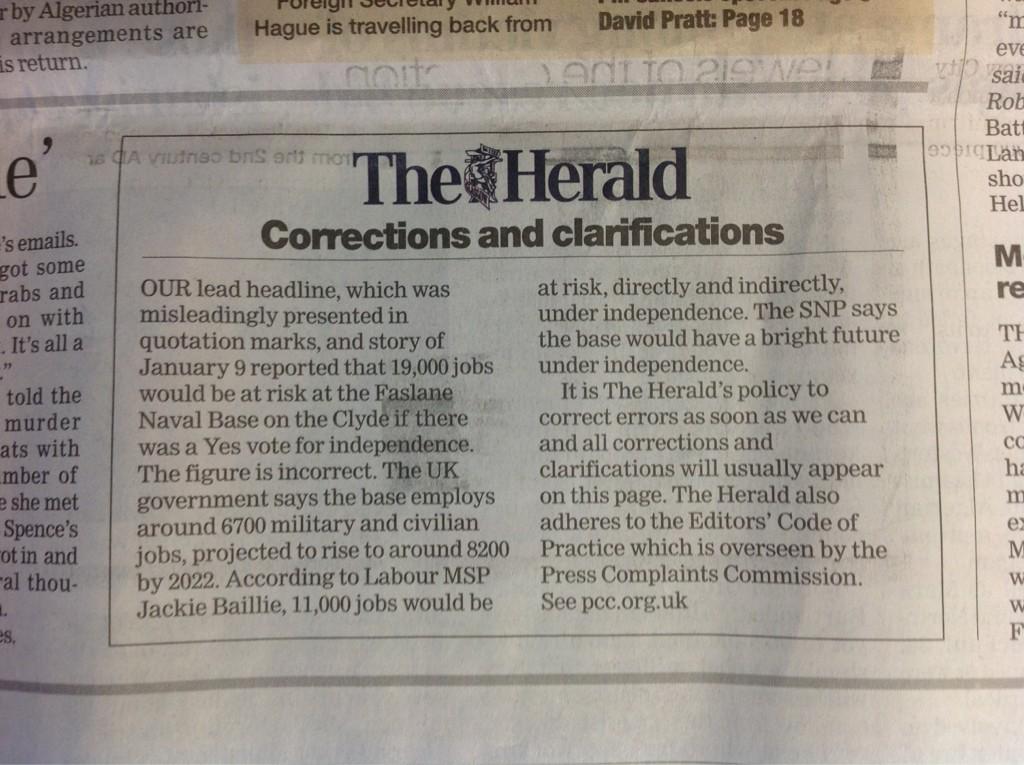How To Write Effective Corrections And Clarifications

Table of Contents
Mastering the Tone of Effective Corrections and Clarifications
The tone of your correction is paramount. A poorly chosen tone can exacerbate the situation, even if the information itself is accurate. Striking the right balance between professionalism and empathy is key to effective communication.
Maintaining Professionalism
Even when addressing significant errors, maintaining a professional and respectful tone is essential. Avoid accusatory language, focusing instead on solutions and improved accuracy.
- Avoid "you" statements: Instead of blaming the recipient ("Your information was incorrect"), use "we" statements to take ownership ("We've identified a discrepancy in the information provided...").
- Show empathy: Acknowledge any inconvenience the error may have caused. A simple "We apologize for any confusion this may have caused" can go a long way.
- Use positive language: Frame the correction as an opportunity for improvement and clarification.
For example, instead of "Your order was incorrectly processed," try "We've identified a small error in processing your recent order. We are correcting this now and will notify you when your order ships."
Choosing the Right Level of Formality
The appropriate level of formality depends heavily on your audience and the context. A formal email to a client demands a different tone than a quick correction on a social media platform.
- Consider your audience: Are you communicating with a long-term client, a potential investor, or a casual follower on social media?
- Assess the severity of the error: A minor typo requires less formality than a significant factual inaccuracy.
- Choose the right platform: A formal letter is suitable for serious corrections, whereas a brief tweet or social media update may suffice for minor errors.
For example, a formal letter to a client regarding a pricing error needs a more formal tone than a casual update on a company blog correcting a minor factual detail.
Ensuring Clarity and Accuracy in Your Corrections and Clarifications
Accuracy and clarity are non-negotiable. Your correction should unequivocally address the original error, providing the correct information in an easily digestible format.
State the Problem Clearly
Begin by stating the error concisely and without ambiguity. Avoid jargon and technical terms unless your audience is familiar with them.
- Use plain language: Keep your sentences short and to the point.
- Define key terms: If necessary, provide clear definitions of any specialized terms.
- Be specific: Clearly identify what was incorrect and where it was published.
For example, "The previously published deadline for project X was incorrect. The corrected deadline is [New Date]."
Provide the Correct Information
After identifying the error, provide the accurate information. Support your claims with evidence whenever possible.
- Cite sources: If you're correcting factual information, provide links to credible sources.
- Maintain consistency: Ensure the corrected information is consistent across all platforms.
- Provide supporting documents: If applicable, attach relevant documents or links to support your correction.
For example, correcting a product specification would benefit from a link to an updated product page.
Avoid Creating New Confusion
Review your correction carefully before publishing to prevent introducing new errors or ambiguities.
- Proofread thoroughly: Check for grammatical errors, typos, and inconsistencies.
- Use clear headings and formatting: Structure your correction using headings, bullet points, or numbered lists to improve readability.
- Seek a second opinion: Have a colleague review your correction before dissemination.
Proofreading is crucial – even minor errors can sow doubt and undermine the credibility of your clarification.
Effective Distribution of Corrections and Clarifications
Disseminating your corrections through the appropriate channels is crucial for ensuring they reach the intended audience.
Choosing the Right Channels
Corrections should ideally be distributed through the same channels where the original error appeared.
- Website errors: Update the information directly on your website.
- Email errors: Send a follow-up email to the recipients.
- Social media errors: Correct the error on the relevant platform and consider a dedicated post addressing the issue.
For significant errors, consider issuing a press release or public announcement.
Timely Communication
Address errors promptly to minimize damage and maintain trust. Delays can worsen the situation and create further negative perceptions.
- Establish a process: Create a system for identifying and addressing errors swiftly.
- Prioritize speed without sacrificing accuracy: Aim for promptness, but ensure accuracy before disseminating a correction.
- Acknowledge delays: If a delay is unavoidable, inform the audience and provide an estimated timeline for resolution.
Responding to errors quickly shows professionalism and builds consumer confidence.
Monitoring Feedback
After publishing your correction, monitor feedback and address any remaining concerns.
- Monitor social media: Check for mentions of the error or your correction.
- Respond to comments: Answer questions and address concerns politely and professionally.
- Consider a feedback mechanism: Establish a dedicated channel for receiving feedback related to errors or corrections.
Actively monitoring feedback demonstrates accountability and builds customer trust.
Conclusion
Writing effective corrections and clarifications involves a blend of professionalism, accuracy, and timely communication. Mastering these strategies is essential for maintaining a positive brand image and building strong customer relationships. By prioritizing a clear, concise, and empathetic tone, ensuring accuracy, and distributing your corrections through the appropriate channels, you can effectively address errors and strengthen your brand's credibility. Start implementing these strategies today to improve your effective corrections and clarifications and build stronger relationships with your audience! Focus on writing clear corrections, mastering corrective communications, and employing effective clarification strategies to elevate your communication and solidify your reputation.

Featured Posts
-
 Game 4 Johnstons Fastest Playoff Goal Leads Stars To 6 2 Win Over Avalanche
May 01, 2025
Game 4 Johnstons Fastest Playoff Goal Leads Stars To 6 2 Win Over Avalanche
May 01, 2025 -
 Sec Vs Ripple The Impact Of Xrps Commodity Status Debate
May 01, 2025
Sec Vs Ripple The Impact Of Xrps Commodity Status Debate
May 01, 2025 -
 Can The Portland Trail Blazers Make The Nba Play In Tournament
May 01, 2025
Can The Portland Trail Blazers Make The Nba Play In Tournament
May 01, 2025 -
 Yankees Vs Guardians Alds A Comprehensive Series Recap And Key Moments
May 01, 2025
Yankees Vs Guardians Alds A Comprehensive Series Recap And Key Moments
May 01, 2025 -
 Xrp News Sbi Holdings Impact And The Future Of Xrp
May 01, 2025
Xrp News Sbi Holdings Impact And The Future Of Xrp
May 01, 2025
Latest Posts
-
 Media Vs Geen Stijl Verschillende Definities Van Een Zware Auto
May 02, 2025
Media Vs Geen Stijl Verschillende Definities Van Een Zware Auto
May 02, 2025 -
 Priscilla Pointer Dies Aged 100 Family Pays Tribute To Dallas And Carrie Actress
May 02, 2025
Priscilla Pointer Dies Aged 100 Family Pays Tribute To Dallas And Carrie Actress
May 02, 2025 -
 Nrc Biedt Gratis Toegang Tot The New York Times Waarom Nu
May 02, 2025
Nrc Biedt Gratis Toegang Tot The New York Times Waarom Nu
May 02, 2025 -
 Urgent Action Needed Nrc Condemns Anti Muslim Plots In Bangladesh
May 02, 2025
Urgent Action Needed Nrc Condemns Anti Muslim Plots In Bangladesh
May 02, 2025 -
 Nuclear Litigation Current Cases And Legal Strategies
May 02, 2025
Nuclear Litigation Current Cases And Legal Strategies
May 02, 2025
